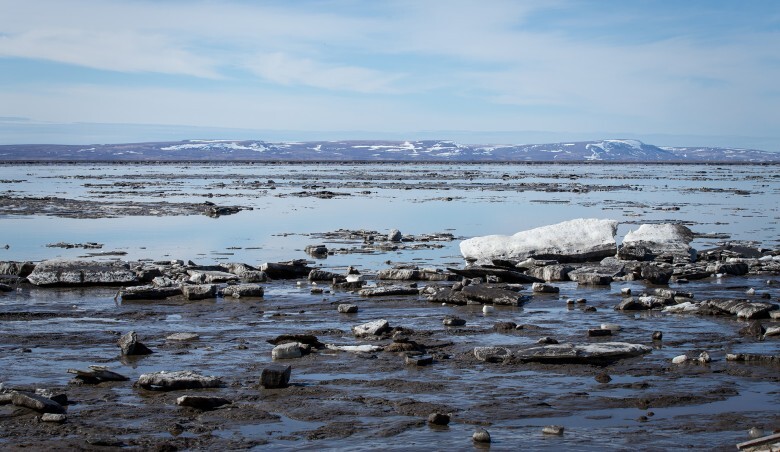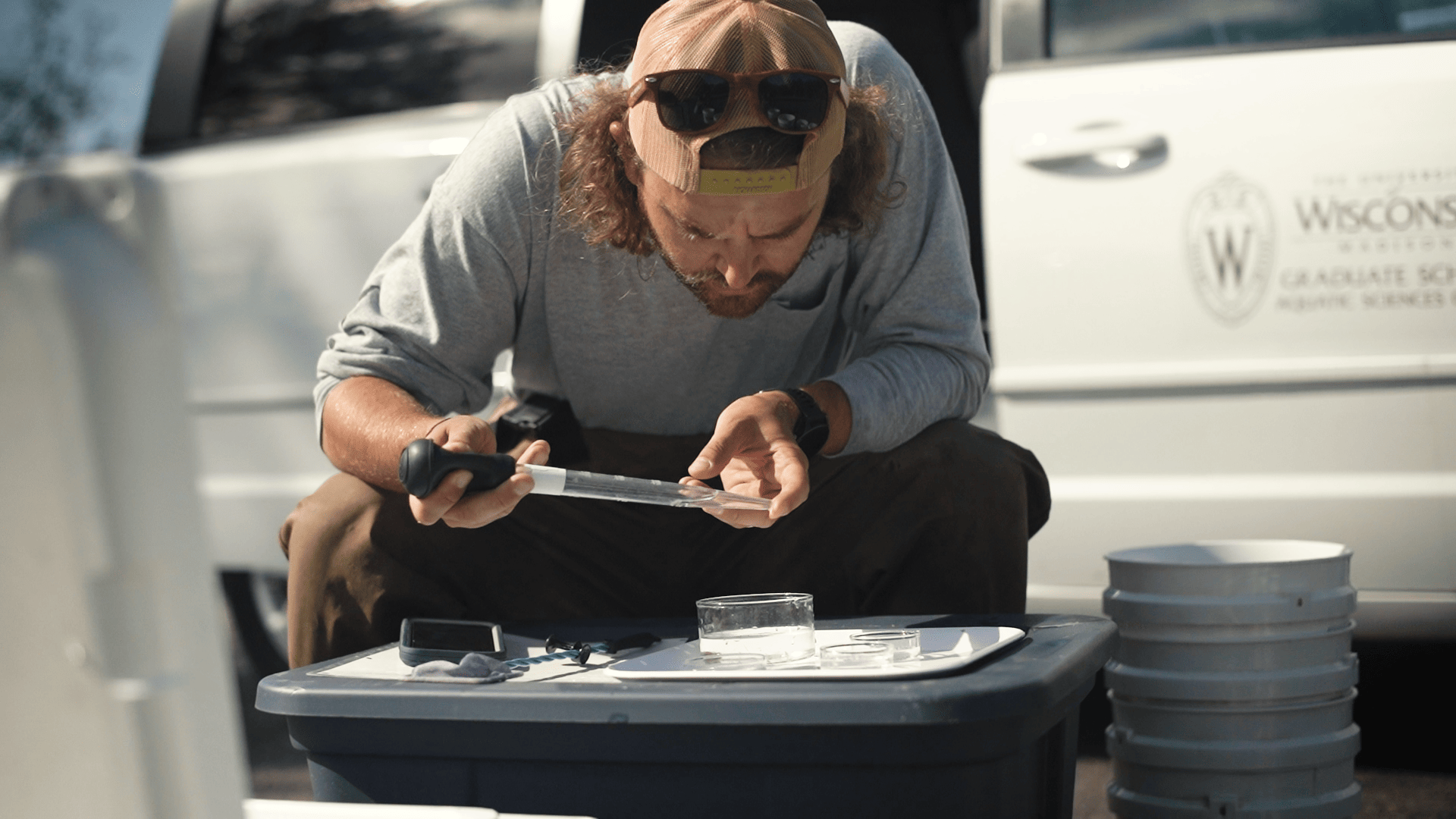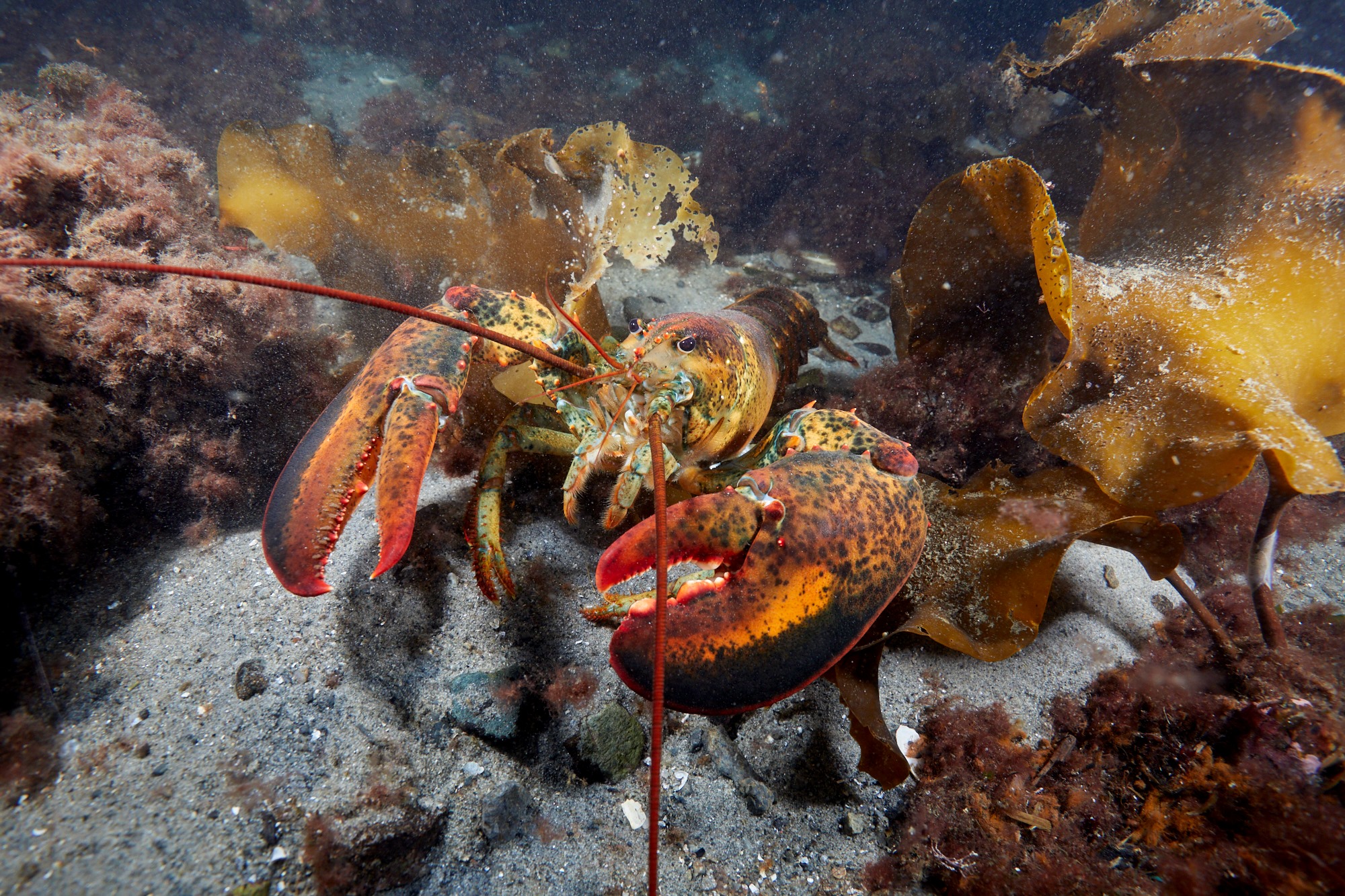

Betty Staugler is working to mitigate harmful algal blooms nationwide by helping to expand and improve forecasting tools. As the Harmful Algal Bloom Liaison, she coordinates harmful algal bloom communications in collaboration with Sea Grant, National Centers for Coastal Ocean Science and NOAA CoastWatch.
Find updates from Sea Grant’s Harmful Algal Bloom Liaison, Betty Staugler, below.
September 2024
Harmful Algal Bloom Liaison facilitates DinoSHIELD outreach workshops
Blooms of the harmful dinoflagellate Karenia brevis occur regularly in the Gulf of Mexico and present a threat to human health, as they produce a class of potent neurotoxins. K. brevis forms extensive, and often persistent, blooms in the Gulf of Mexico, with the highest concentrations typically observed along the southwest Florida coastline. In this region, K. brevis blooms often occur in late summer or early fall and last for three to five months annually but have been observed to last for up to 18 months.
DinoSHIELD technology is a red tide control approach that uses a slow-release algicide from a naturally occurring coastal bacteria. NOAA’s National Centers for Coastal Ocean Science (NCCOS) is the lead agency on this Competitive Research Program-funded project. They are working with partners at the University of Delaware, U.S. Army Corps of Engineers and Florida Sea Grant to begin researching and testing scaling strategies and in situ field applications. A workshop series sought to engage key Florida partners to provide them with DinoSHIELD background information and to solicit feedback during this research phase. A total of six hands-on workshops were held in St. Petersburg, Sarasota and Fort Myers for interested groups ranging from 6-12 people per workshop representing water quality managers, HAB scientists, marine mammal specialists and advocacy groups, among others. Sea Grant HAB Liaison Betty Staugler collaboratively coordinated the workshop with the DinoSHIELD team led by NCCOS and served as facilitator for the workshops, which included presentations, demonstrations and a listening session. A U.S. Army Corps of Engineers-led survey seeks to better understand perceptions on DinoSHIELD before and after the workshop.
Lonnie Gonsalves, Stressor Detection and Impacts Division Chief for the NCCOS Program Office and Headquarters, described Staugler as a valuable asset to the team, stating that she demonstrated how state Sea Grant partners are a force multiplier in the quest to maximize the impact of NCCOS science.





